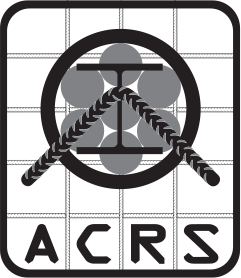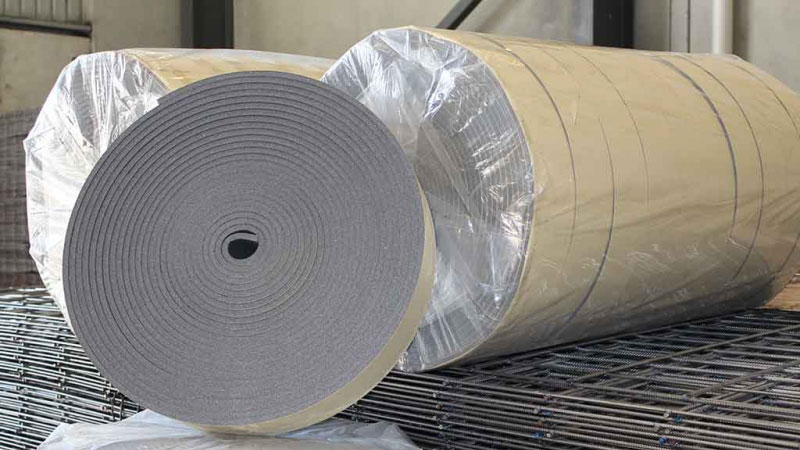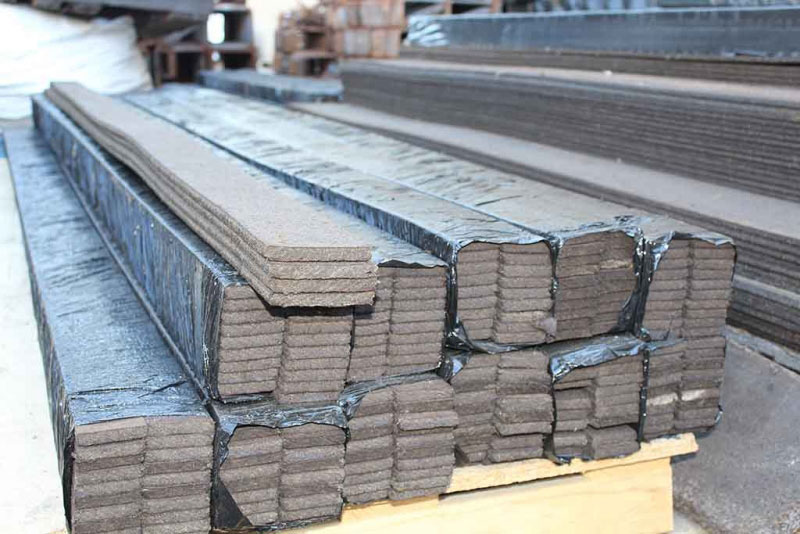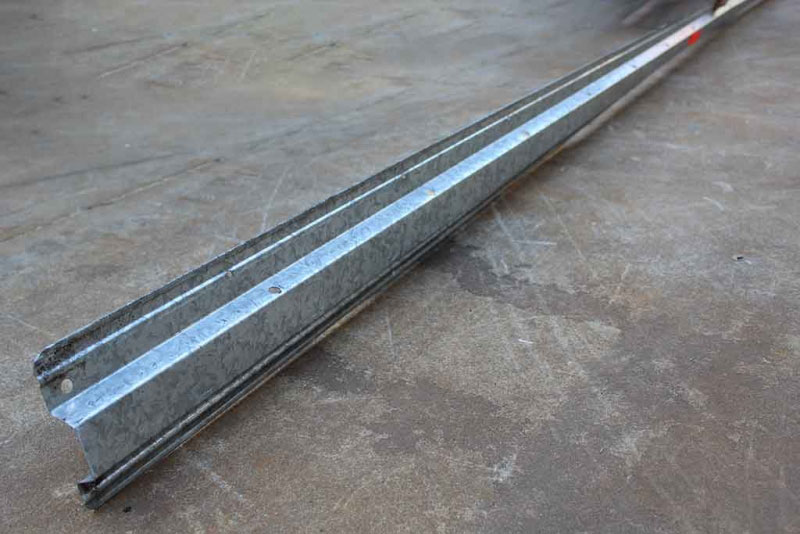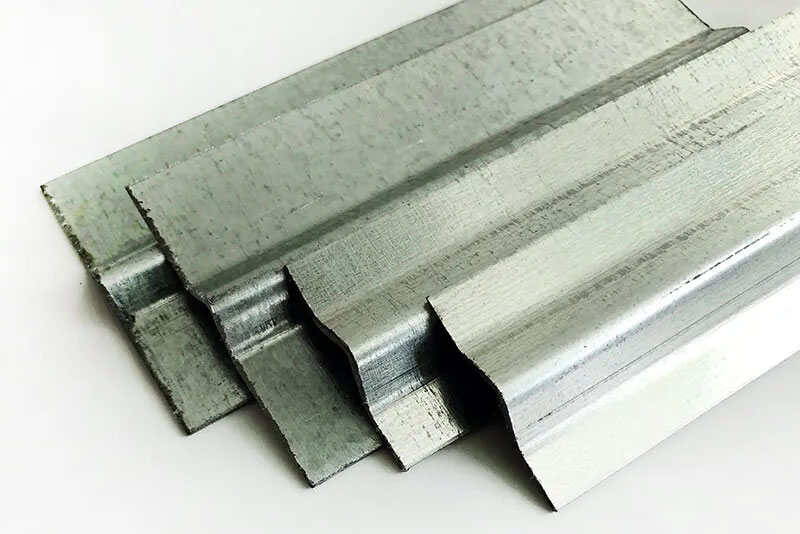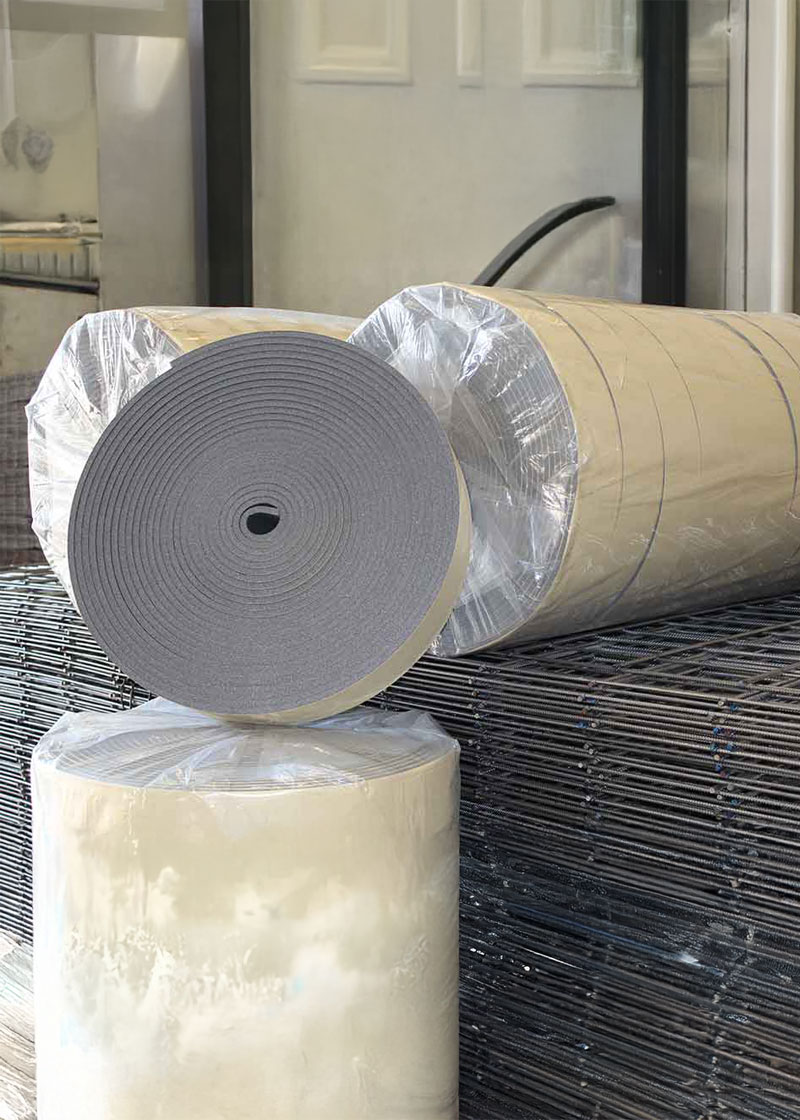Joining Concrete Slabs with Expansion Joints
Praised for its strength and durability, concrete is one of the most widely used building materials today. However, it can also be prone to expansion.
Expansion Joints are installed at set locations to assist with the creation of a weakened plane where the concrete material is able to crack in a straight line. This creates an aesthetic appearance as the crack occurs underneath the surface of the concrete.
If you are utilising concrete that will join a current structure, you should look to include an expansion joint. This includes, but isn’t limited to, footpaths connecting to a driveway, the junction section of a footpath, the joining of a floor slab to a staircase or column, a building or kerb or any similar construction.
Separate to this, if you have a large slab, expansion joints are required at set intervals. If the slab is unable to be completed in a single pour due to its large size, expansion joints allow the slab to be broken up into individual sections and poured one at a time. Correctly sealing the expansion joint helps prevent water or debris from penetrating the joint.
Reozone supports the following charities and sporting teams

